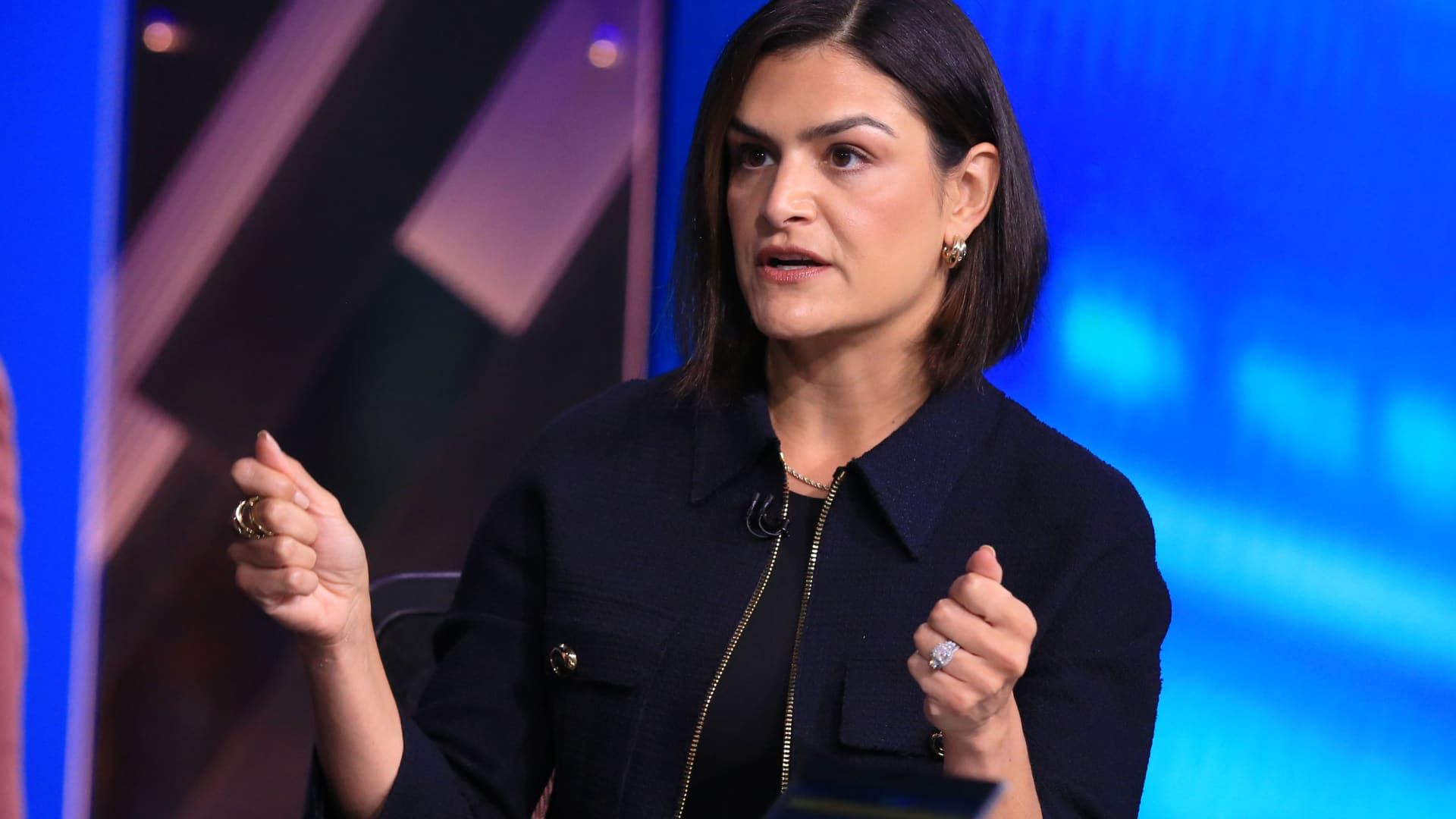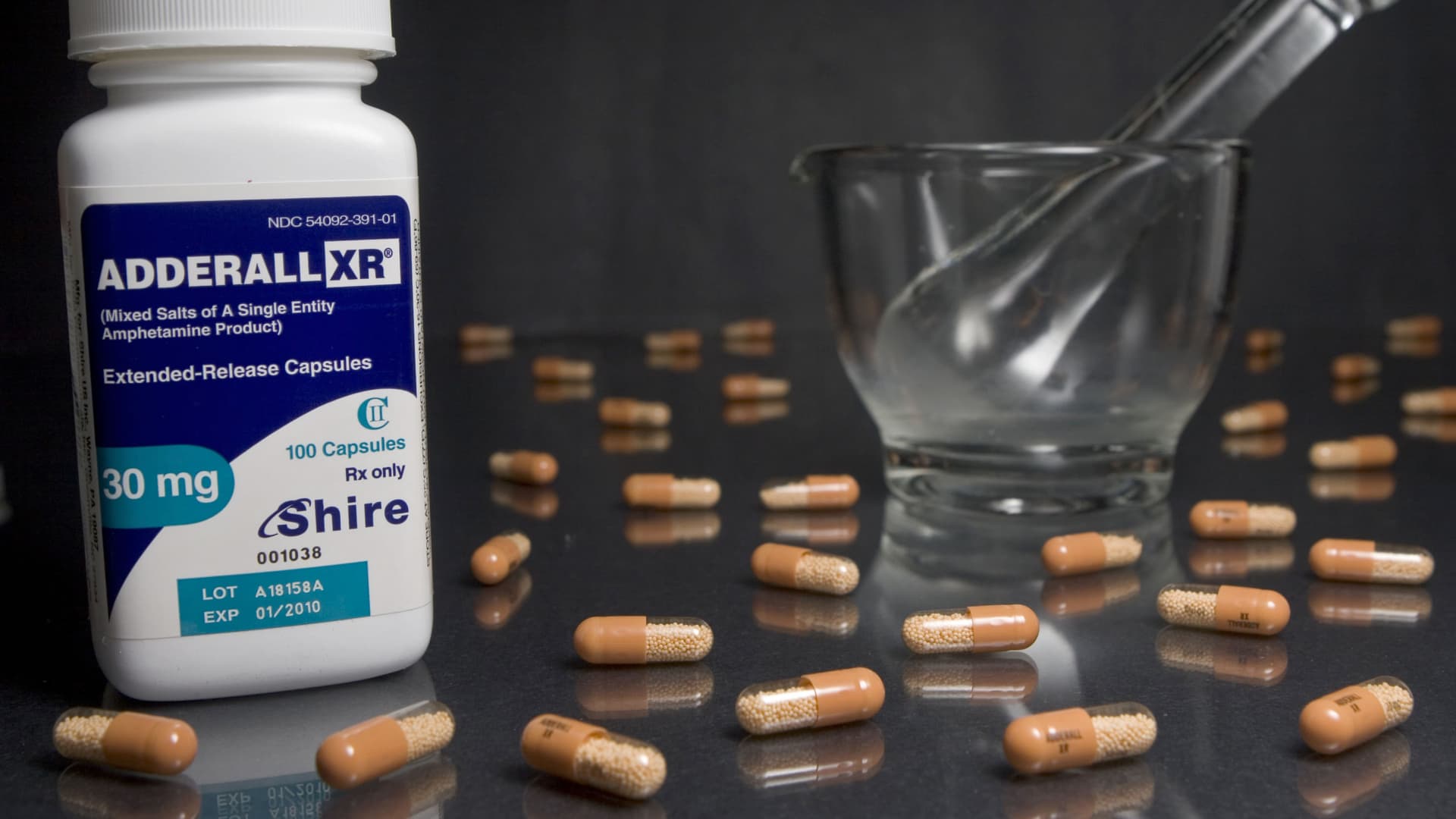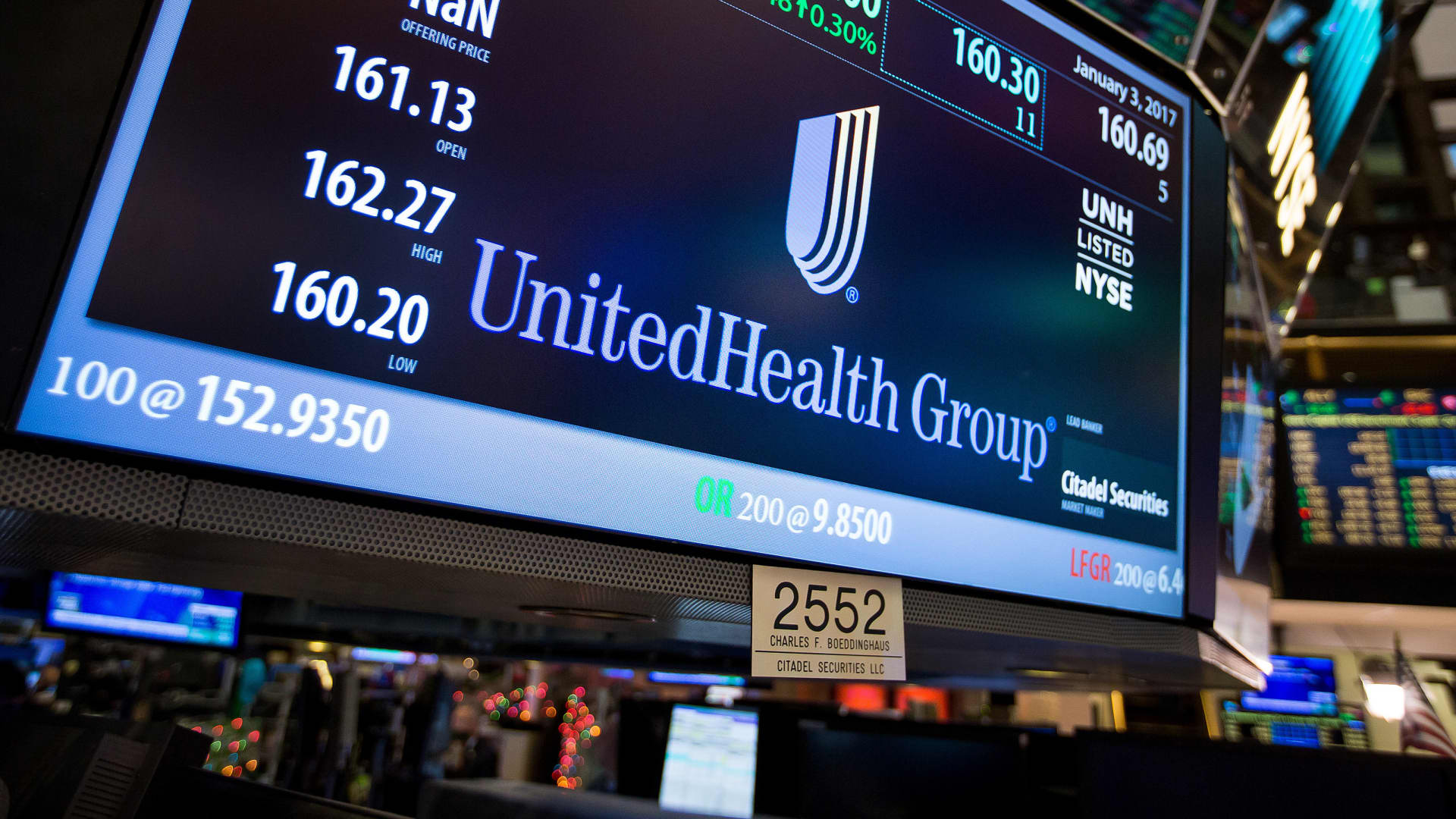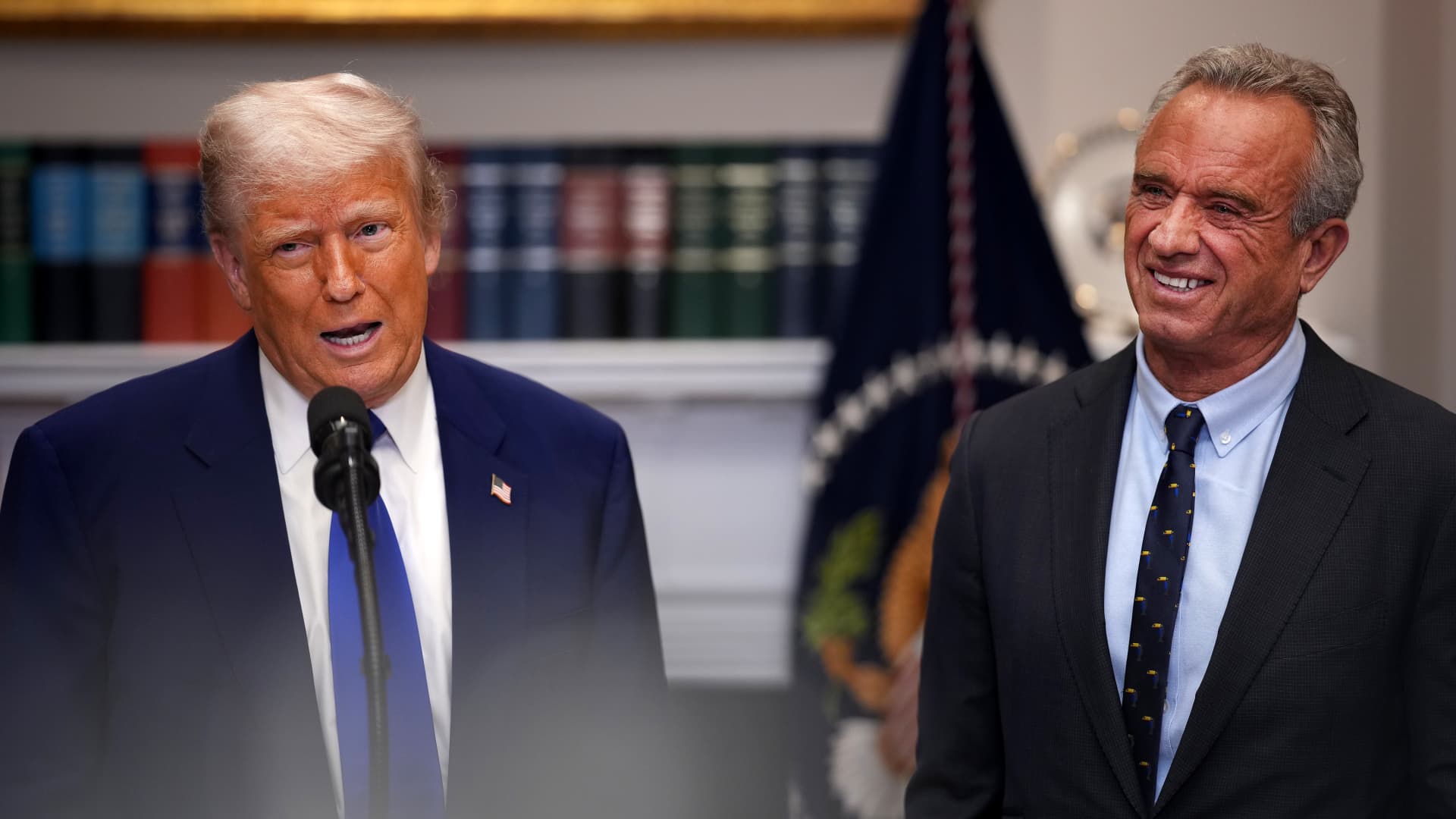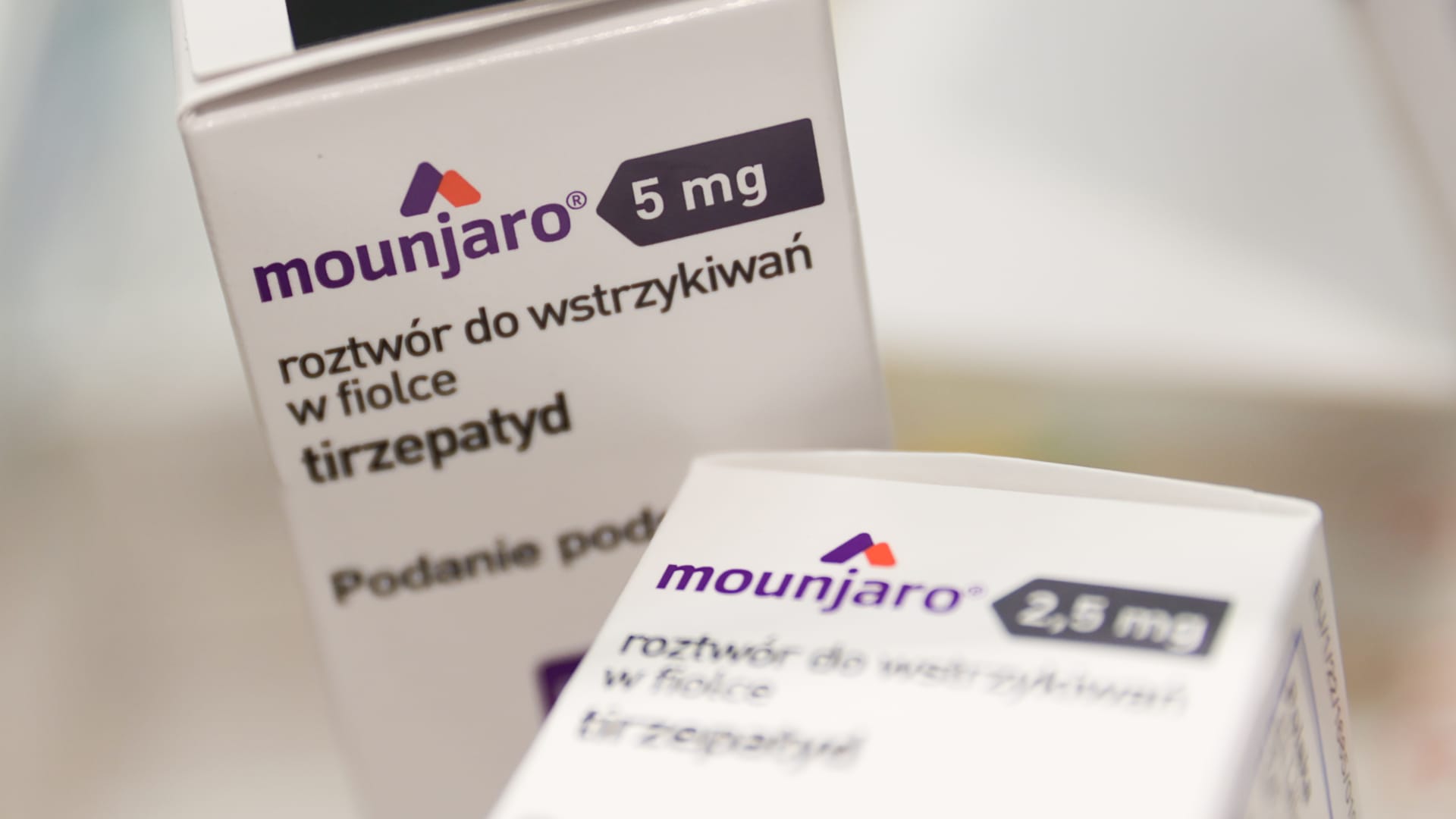Sima Sistani, CEO, WW International, August 16, 2023.
Scott Mlyn | CNBC
WeightWatchers CEO Sima Sistani sent an internal memo to employees attempting to assure them that the company's financial position is strong and that its new clinical business related to the threat of weight-loss drugs GLP-1 is growing further. faster than expected.
The memo, shared with CNBC, comes after strong sales in WW shares which has seen the iconic weight loss company's stock value fall to less than $150 million amid concerns about the company's debt load and its growth prospects for the core weight loss business at a time of new drugs very successful as Nordisk's Ozempic and Wegovy, and Eli LillyThere's Zepbound.
In the memo, Sistani told employees he wanted to “take a moment to address some of the intense media coverage.”
While news on February 28, concurrent with its earnings, that Oprah Winfrey was planning to step down from the company's board of directors and donate all of her company stock to a museum endowment had caused a drop of more than 20% the earnings day, shares stabilized later that week. But WW shares have since suffered heavy selling, falling to a new 52-week low on Thursday. Over the past month, the stock is down 58 percent. The stock, due to its debt load and short interest, as well as widespread anxiety about the impact of new weight-loss drugs, is subject to increased volatility.
Concerns about the company's significant debt load have made new headlines in recent weeks; However, the problem is not new and much of the debt does not mature for years.
“These headlines are often just speculation,” Sistani wrote to employees. “We have strong liquidity and we are not in a cash crisis. We have very attractive long-term debt agreements, with no maturities until 2028 and 2029.”
Analysts at Guggenheim Partners wrote in a note Thursday that they are “not concerned” about WW's ability to pay its debt, which includes approximately $945 million outstanding on a non-amortizing term loan that matures in April 2028, and 500 million dollars in notes due April 2029.
The company ended 2023 with approximately $109 million in cash, according to Guggenheim.
At its current market capitalization, the nearly $1.5 billion in debt is roughly 10 times the company's publicly traded value of equity.
“Despite the high leverage, we believe WW will have no problem meeting interest payments on debt and will ultimately be in a much better position to recapitalize the company in 2-3 years after the clinical business grows.” “Furthermore, we believe that any concerns about a recapitalization or default this year are overblown,” the Guggenheim analysts wrote.
Guggenheim maintains a buy rating on the stock and a $12 price target. WW shares closed Thursday at $1.87.
Last year, WW acquired Sequence, since rebranded as WeightWatchers Clinic, as a way to address the threat of GLP-1 drugs to its legacy business by having the ability to connect patients with doctors who can prescribe the drugs and combine them. with a broader weight loss program. The FDA requires that the drugs be used in conjunction with broader weight-loss diet and exercise methods.
Sistani said in the note to employees that since reporting on Feb. 28 and providing guidance for the year, its GLP-1-related clinical business has grown rapidly. “In fact, we are on track to exceed our first quarter guidance for Clinic subscribers,” he wrote.
While any faster growth for the clinical business is a plus, several analysts covering the stock have told CNBC that the core weight loss management business has to grow for investors to become bullish on the stock, given the size of the legacy business relative to the new clinical effort.
“WW is in a difficult situation,” said an analyst consulted after the internal memo was shared, but who could not comment on attributing the information due to concerns about fair disclosure of important information. “Sequence [the clinicals business now named WeightWatchers Clinic] should be the future. That's the GLP-1 manual, but at this point it's still very small. If they're talking about the benefits of that small business itself, it doesn't make sense. “The biggest problem is that the legacy business continues to suffer and the company is over-leveraged.”
When WW reported results on Feb. 28, the company said it had ended the fourth quarter with 3.8 million subscribers, including 67,000 for clinical subscriptions, but its full-year 2024 guidance was for total subscriber growth in the range from 3.8 million to 4.0 million, including between 140,000 and 160,000 WeightWatchers Clinic subscribers.
“Turning around and totally transforming a business is not for the faint of heart!” Sistani wrote to employees. “As we stay focused on delivering for our members, the stock price will take care of itself,” he said. “I know stories of clickbait and its predictable, if temporary, impact on the market doesn't seem very good. But be proud, because we will prove the naysayers wrong.”
Oprah Winfrey said in her statement announcing her intentions to step down from WW's board of directors next May and donate all of her shares to the National Museum of African American History and Culture that she would continue to work with the company to destigmatize obesity and focus on weight loss as a treatment for a chronic illness (oprah said People started using weight loss medications in December). Next Monday, Winfrey is scheduled to appear in a national primetime weight loss special on ABC.
Guggenheim said in its Thursday note that “we would not be surprised if the special contained positive comments about combining therapies with the drug GLP-1 along with a clinically guided behavior modification program.” He noted that WW was among the weight loss industry companies that participated in the television event.
Sistani was named to the inaugural CNBC Changemakers list, revealed in February.

